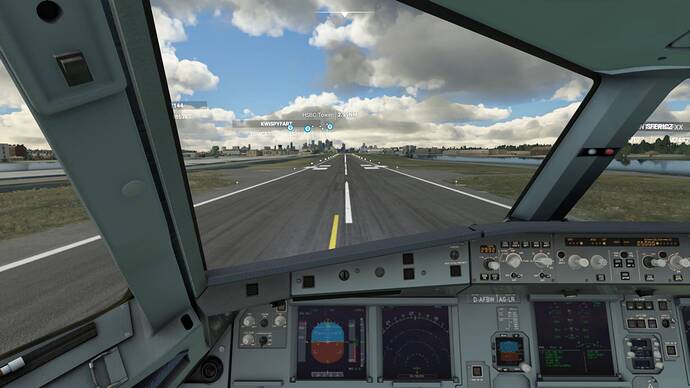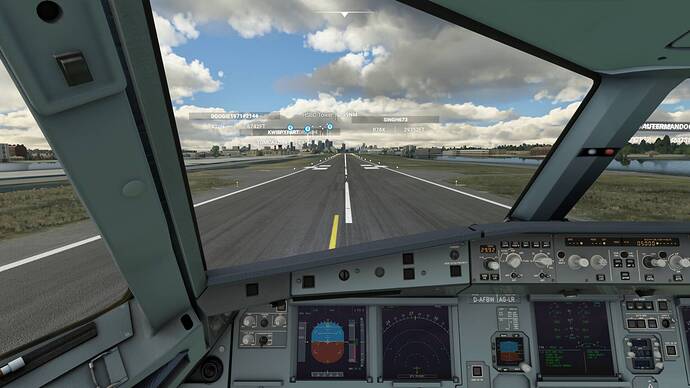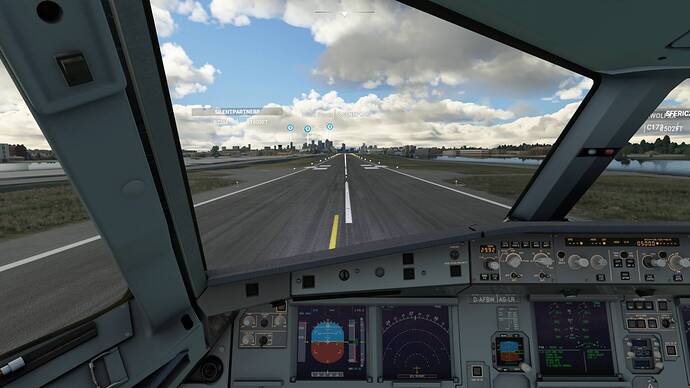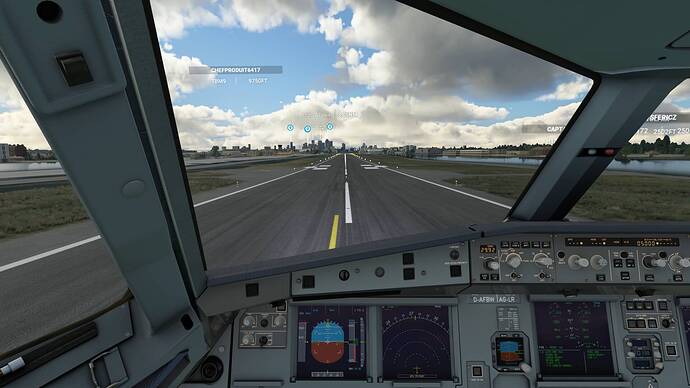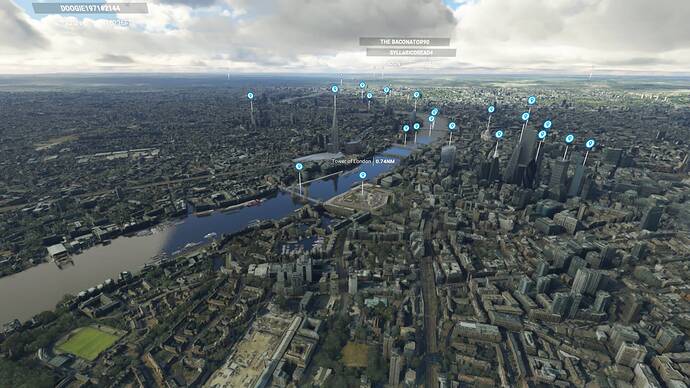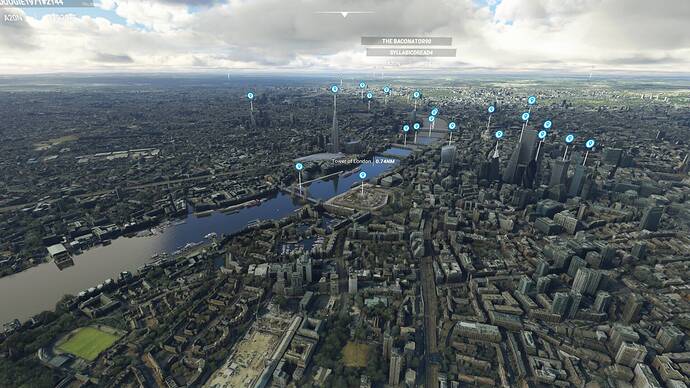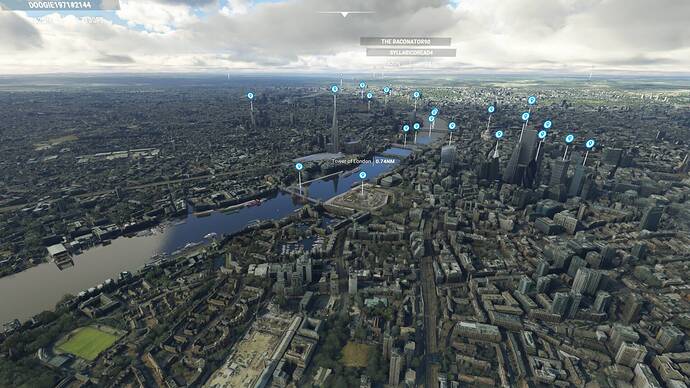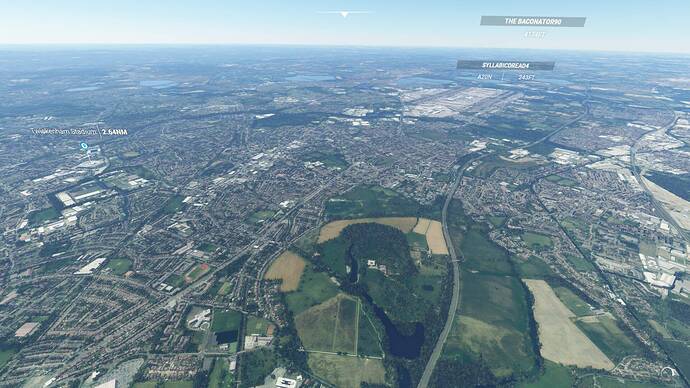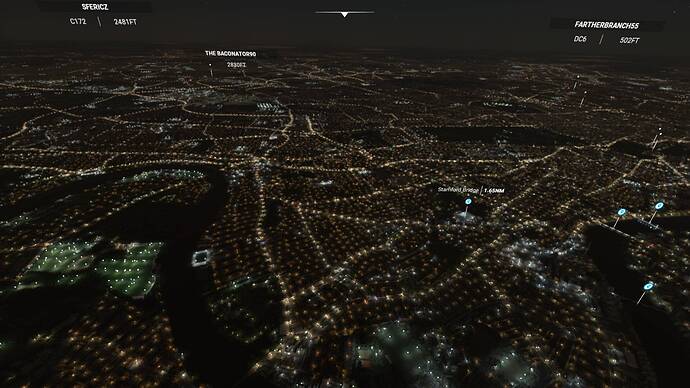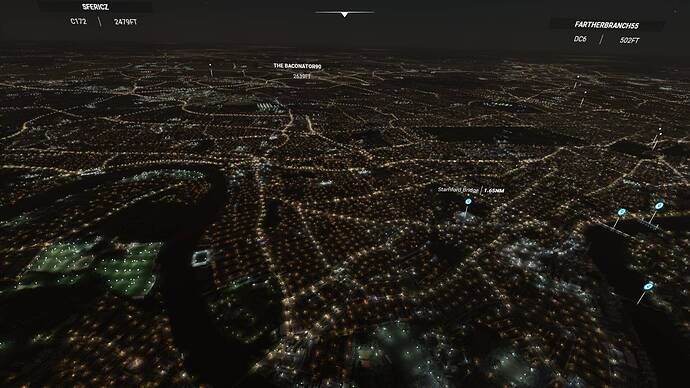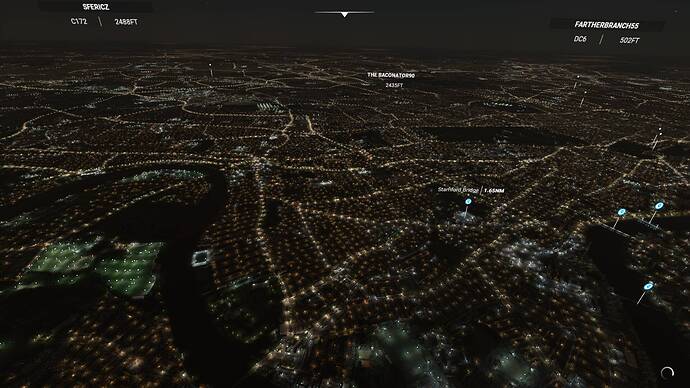Unlikely to be either as the gpu output will still be 1080p. I’m not sure of the mobile technology involved but if you have more than 4GB vram I’m guessing the extra work for your laptop’s gpu must be introducing heat issues causing it or the chipset to throttle back and short of moving to the arctic there’s little you can do
maybe wait until they fix the current Render Scaling bug? Theres no telling what all that bug impacts.
Thanks for this thread. I’ll admit that I’ve left render scaling on 100%, but now that I’ve seen this I’m going to experiment with higher values with a view to improving quality in exchange for a few FPS. The side by side comparison given above was useful, so I’ll probably do a few of them so I can evaluate side by side.
In general terms Super Sampling the render pipeline is the highest quality (and most expensive) type of Anti Aliasing. While yes, AA fundamentally does blur diagonal lines and that might seem like it’s less clear than an aliased (stair stepped) line, when in motion Aliasing presents crawling stair stepped diagonal lines which can look awful.
In modern renderers, Temporal Anti Aliasing is basically mandatory. It does a good job to lighten the workload but it can create artifacts are more noticeable with lower render resolutions. By super sampling the render resolution above your display resolution you can reduce significantly the visibility of TAA artifacts.
Good point. It also seems to mess with reflections. Let’s hope the hot fix works.
I use AMD’s VSR to run the game at 4K, then I set my render scaling to 50%. At 1080p, I get no more sharpening halo’s around objects, TAA looks cleaner than at 1080 and 100%, performance is basically the same, text in instrumentation is much easier to read… I can go on and on, I do this in every game I can if I have the GPU headroom to do it.
I’ll say, especially at lower resolutions like 1080p, if you can’t see the difference between 100% and 200% scaling, you’re either blind or amazingly obtuse. The visual difference is not subtle, especially when you’re at FL100-ish.
I was with you right up until the last paragraph.
I have a hard time seeing any significant difference in the cockpit. This makes me blind or obtuse? Unnecessary.
The quality of your monitor has as much to do with the clarity as the resolution. Those of us that don’t see more than a subtle difference are not necessarily sub-human.
Well, i limit at 30FPS because i cant reach stable 60FPS and it gives me a very smooth experience. However, by doing that, my GPU sits at around 60-70% usage at ultra settings in 3440x1440 res, so i have a lot of headroom that is unused.
So i set Renderscaling at 110% to get a better utilisation of my expensive GPU. At the same time i get better sharpness and any value above 100 also enables SSAA Antialiasing, which results in an even sharper image.
Not having this possibility since it broke a month or two ago means i have a lower image quality now and i cant use my GPU to its fullest capacity. Thats why it annoys me that they are not able to fix it since so long, they broke it even more since WU6. 
I think it’s like when you scale back any digital picture. Scaling a picture back from a higher resolution always shows a clearer picture than using a lower res pic from the start - even if the output image is the same resolution.
So what is the difference between primary and secondary scaling in the config?
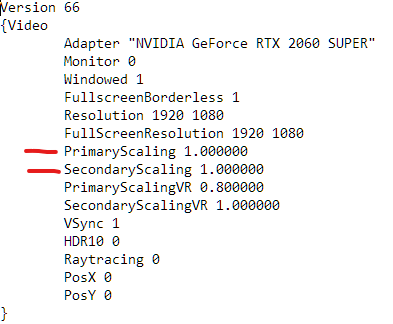
Nobody has an answer to this?
Great post. This explains why the outside world looks so much worse on my Reverb G2 in VR then on my 4k screen. Both 100% scale. Unfortunately 100% in VR is already pushing it.
TBH I am quite surprised by this. It looks like they cut off details below a certain amount of virtual pixels, even if they are clearly visible.
If you showed me these two pics and ask me to tell which is better without any context, I wouldn’t be able to tell you.
You’re joking right? They are clearly different. Just switch between them using your arrow keys. The grass, the trees and especially the buildings on the right side. It’s like the LOD distance is massively different. Even the cockpit is much sharper.
This is a bit absurd. Like 100% isn’t really 100% (looking at the cockpit details).
As others have said this is a strange example, it doesn’t look like an example of render scaling (resolution) there is no noticeable difference in that regard, but rather terrain and object LOD. I had no idea raising the render scaling would affect the level of object detail, just thought it would render the same detail at a sharper resolution.
I recall a post from a few months ago on this. I’m not 100% sure, but I think it has something to do with the resolution scaling in the interior cockpit. I set mine to 0.500000 and tested, my cockpit textures and labels were noticeably worse than at 1.00000.
Ahh…
So that may be why, although I can see a difference in the image out the window when I change the scaling, I cannot for the life of me see any difference in the cockpit. This, I will need to test.
It does neither. The LOD is what goes into the render process, the resolution is whatever the monitor is set to. It gives an appearance of a sharper image with more detail by using the available pixels (the available resolution) in a better way.
I took some more screenshots with the latest patch. There are still more ‘windows’ on the autogen buildings at higher render scale.
London city, Render Scale 50,100,200
Secondary scaling 2.0, Renderscale 50,100,200
Looks like it’s cumulative. Primary and Secondary scaling at 2.0 gives me 1 fps. Trying to render in 8K on a GTX 1060 lol.
Tower of London, Render Scale 50,100,200
Heathrow, Render Scale 50,100,200
London night time, Render Scale 50,100,200
It looks like it’s TAA that wipes out small detail. You can see it happening ‘live’ when you change the render scale to a lower value. The picture slowly degrades with small detail disappearing as TAA averages the newly incoming (lower render scale) frames.
